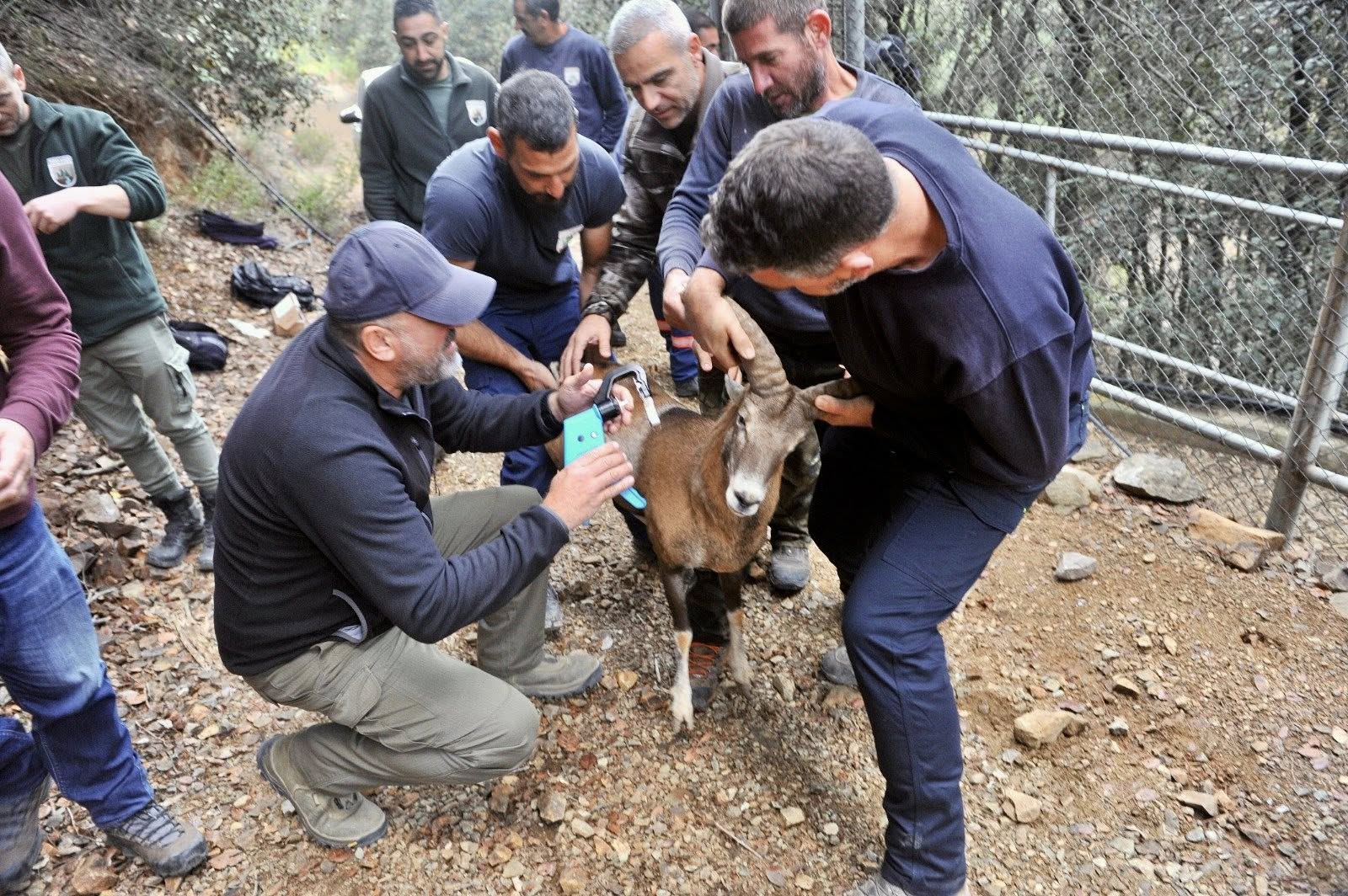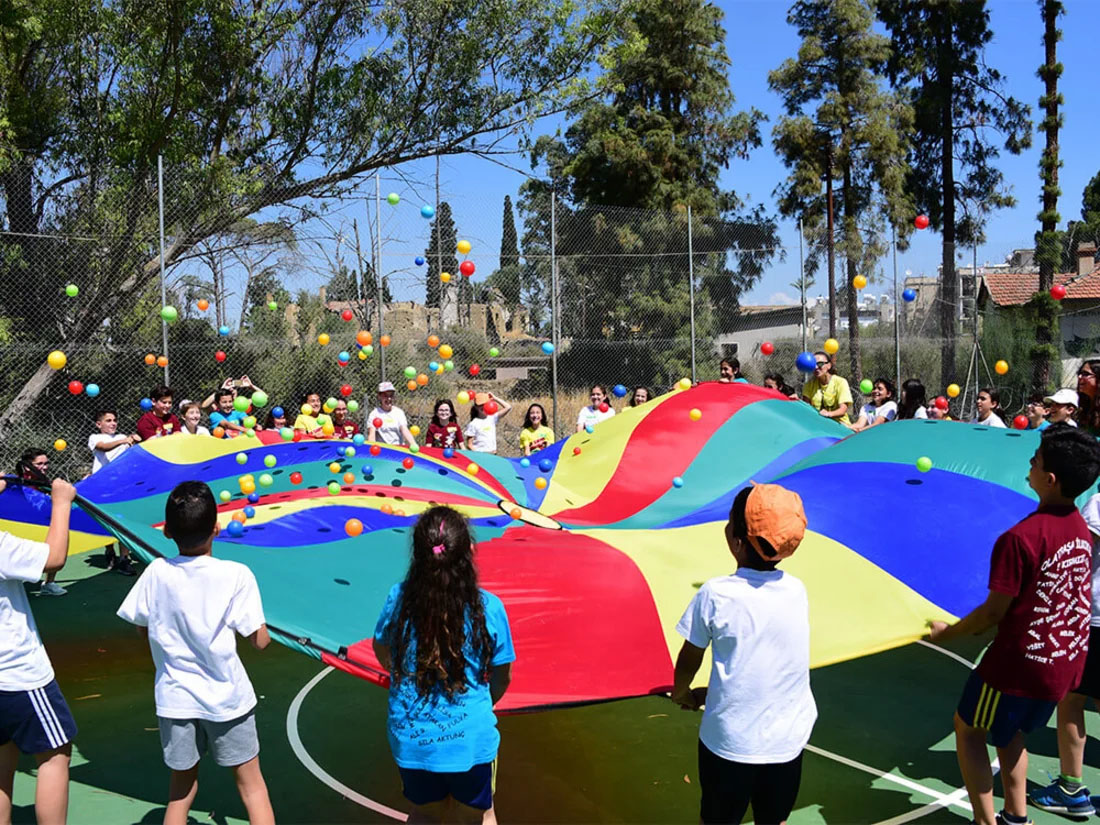In an era where graphic designers are wrestling with Midjourney and artists are debating whether AI is friend or foe, Academy of Art University isn’t just dipping a cautious toe into the algorithmic waters—they’re diving in headfirst, wetsuit optional.
The AI evolution will be supervised
The San Francisco-based institution has rolled out what might be the ultimate hedge against creative obsolescence: a Master of Arts in Artificial Intelligence Design. But this isn’t just some panicked response to ChatGPT. The Academy’s president, Dr. Elisa Stephens, positions AI not as the art world’s grim reaper, but as simply the newest brush in an ever-expanding toolkit.
“It’s a fact that AI is going to replace some jobs. It’s also a fact that AI will create new jobs,” Stephens states with pragmatic clarity that cuts through the usual academic hand-wringing. “As a university, we could ignore these facts, but that approach would not be training our graduates to be competitive for jobs.”
This isn’t just future-proofing—it’s present-proofing. With 76% of professionals believing they need AI skills to stay competitive and 70% of leaders hesitant to hire candidates lacking AI skills, the Academy’s move reads less like speculative futurism and more like career triage.
When your paintbrush gets an upgrade
The curriculum doesn’t frame AI as some divine oracle of creativity but as the digital equivalent of that ratty sketchbook artists have carried for centuries. Students learn to use text-to-image generators not as magical end-product machines but as springboards for ideation—digital mood boards on algorithmic steroids.
“Mastering AI is not simply learning how to write a few prompts,” explains Stephens. “It’s applying the skills and concepts we have taught you as an artist and engaging with them. As a partner, you use the output as you would a sketchbook or a prototype.”
The ethical upgrade package
The Academy isn’t ignoring the thorny questions of AI ethics—they’re baking them into the syllabus. Students who use AI without citation don’t just get a stern lecture; they fail. Period. In an industry where attribution and intellectual property are already contested territories, the Academy is teaching students to navigate the even murkier waters of algorithmic creation with professional rigor.
For the art purists muttering about selling out to Silicon Valley, the Academy offers a decidedly unsentimental response. As an Academy rep puts it: “To say, as an artist, that you won’t learn how to use this tool, and think that your protest, or thousands of your protests, or even millions of your protests are going to make AI go away is somewhat unrealistic.”
The message to skeptical students is crystal clear: you don’t have to embrace the AI future, but you should at least understand it. After all, as Stephens notes, “Whether or not you choose to use AI in your creative pursuits is your decision, but if you graduate from the Academy of Art University, you will be prepared to make that decision.”
In a world where creativity and computation are increasingly tangled, Academy of Art University is betting that tomorrow’s artists won’t just need to master color theory and composition, but also prompt engineering and algorithmic literacy. The paintbrush hasn’t been replaced—it’s just been upgraded to version 2.0.
DISCLAIMER – “Views Expressed Disclaimer: Views and opinions expressed are those of the authors and do not reflect the official position of any other author, agency, organization, employer or company, including NEO CYMED PUBLISHING LIMITED, which is the publishing company performing under the name Cyprus-Mail…more







Click here to change your cookie preferences